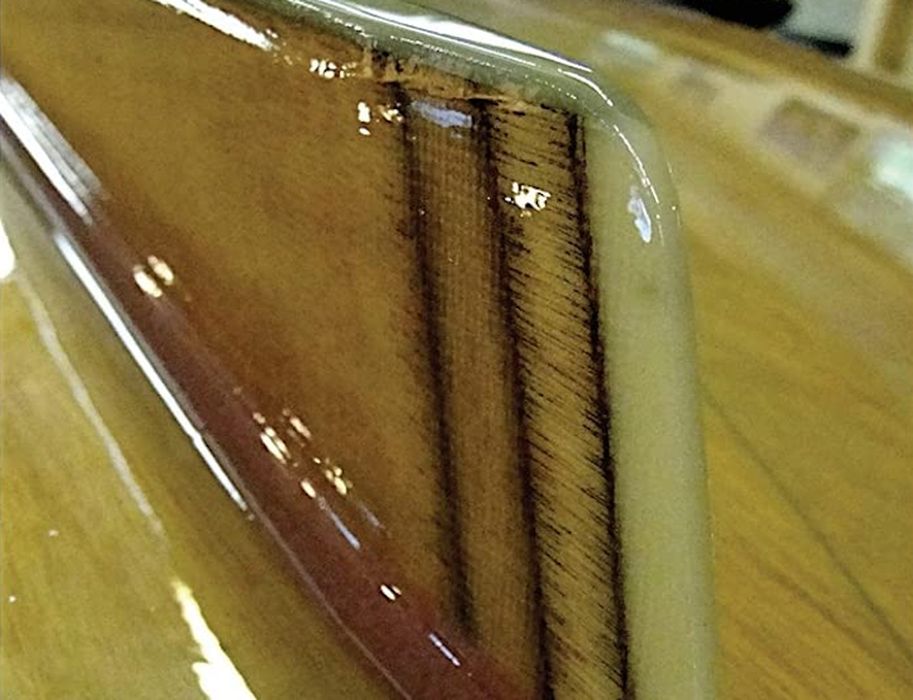
This week’s selection is “Epoxy Basics: Working with Epoxy Cleanly & Efficiently” by Russell J. Brown and Ashlyn E. Brown.
Two-part epoxy resins are frequently encountered when 3D printing. A simple use case might be to join two parts together, if it was required to be split due to size or geometry.
Another use case is to seal 3D prints using epoxy resins. Most 3D printing processes yield parts that are rather porous; they literally can’t hold water. This is due to the gaps created when layers are deposited.
However, it’s possible to seal a 3D print by coating it with an appropriate resin. The liquid resin will flow into the cracks and close off any gaps. It’s possible to make not only watertight 3D prints in this way, but also to make the part food safe, again, if an appropriate resin is used.
Readers building systems with 3D printed parts may indeed have uses for epoxy resins for other build purposes. Epoxy resins are an incredible material that can be used in quite a variety of ways.
That’s why this book could be quite important. It provides an overview of several common methods for applying epoxy resin. What’s notable is the efficiency in presenting the material: the book is only 46 pages long. It contains highly informative images that clearly illustrate each method explained in the text.
The book covers all aspects of using resin, including reviewing the tools required for proper epoxy use, troubleshooting common problems, and of course, safety considerations.
If you 3D print project — or any project you’re working on — requires use of epoxy resins, then you might want to look at this quick reference book.
We’re an Amazon Associate and earn a small fee from qualifying purchases. Help support our 3D print news service by checking out this book!
Via Amazon
